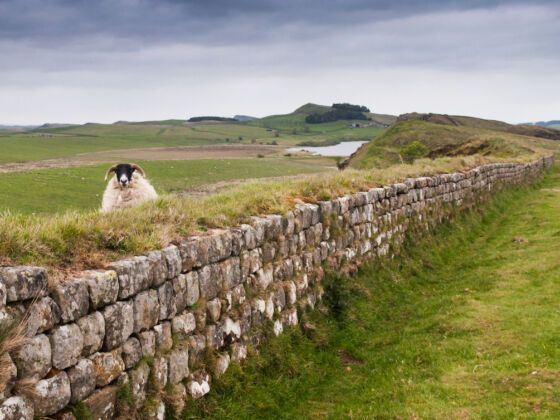Hadrian’s Wall was finished in 122 A.D.
Commissioned by the Roman emperor Hadrian, it marked the northernmost border of the Roman empire. Not long after, the empire began to collapse, and major sections of the wall were pilfered for use as building material. But long sections of the great wall still remain, and the walk along the wall heads through some of England’s wildest countryside.
The remaining wall is a UNESCO World Heritage Site. The walk along its length is a British National Trail (designated as such in 2003) and it stretches 84 miles nearly across the country between Wallsend in Newcastle to the small fishing village of Bowness-on-Solway. The trail is hiked most between April and September, with the biggest crowds during June, July, and August.
A friend and I hiked along the Hadrian’s Wall path last May, and here are my recommendations on what to pack.
